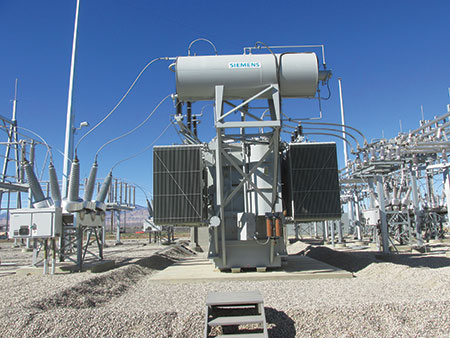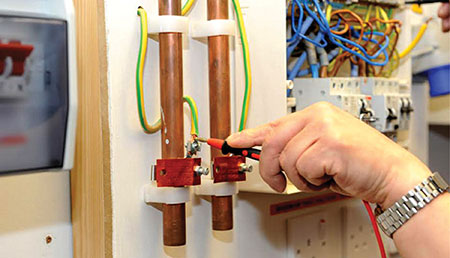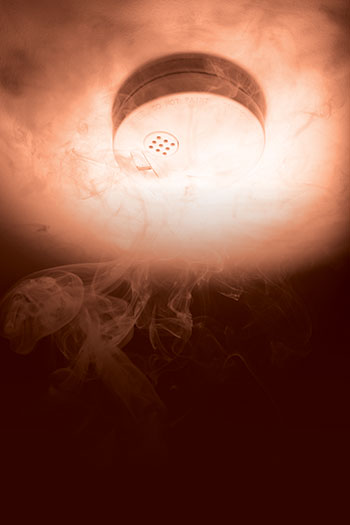This article addresses the possible pitfalls in the construction and installation of privately owned generating substations as well as some other unique types of installations.
For all protective conductors, including main and supplementary bonding conductors, electricians must perform a continuity test using a low-reading ohmmeter. For main equipotential bonding, there is no single fixed value of resistance above which the conductor would be deemed unsuitable.
The basic process to select the right overcurrent protective device (OCPD) for this discussion of 80% rated versus 100% rated, begins with a calculation of the load, includes a journey through conductor selection based on the calculated load current, and ends with the right OCPD to protect the conductor.
Are there “UL Authorized Service People” who can modify UL Listed equipment in the field with no need of a UL field inspection or a field evaluation?
Requirements for audibility of a fire alarm system (FAS) are governed by Article 3.2.4.19. of the National Building Code of Canada (NBCC). So, why is this subject being discussed in a purely electrical publication?
PV ac system output currents for the larger systems are usually too high for connection on the load side of the service disconnect and must be connected on the supply side of the service disconnect. The NEC allows such connections, but the existing service must be examined carefully to determine where the connection can be made and what type of equipment must be used to make the connection.
Due to the many safety standards that apply to medical grade power strips, identifying the correct set of standards for a patient care application can be burdensome. This article will attempt to clarify the intent of each standard and to describe how it should be applied.
This article will explore the need for overcurrent protection for current-carrying tap conductors. CE Code Rule 14-100 requires overcurrent protection where a conductor receives a supply of current and at each point where the size of conductor is decreased.
So with so much volatility (and mistrust) permeating the construction world, it is little wonder bonding companies exist. No astute, responsible business person is going to gamble on a contractor (often unknown to them) disappearing in the middle of one of their building projects when there can be several million dollars in play and at risk.
To play this game, you need a sharp eye, a quick mind and a 2014 National Electrical Code book. (Fill-in-the-blank questions are looking for the exact word(s) used in the NEC.)










